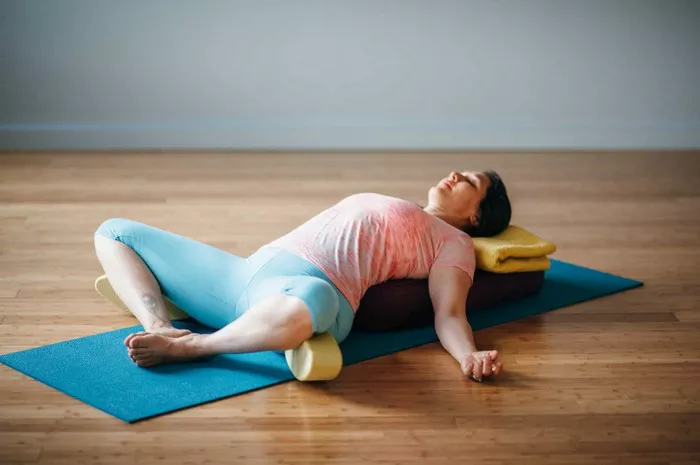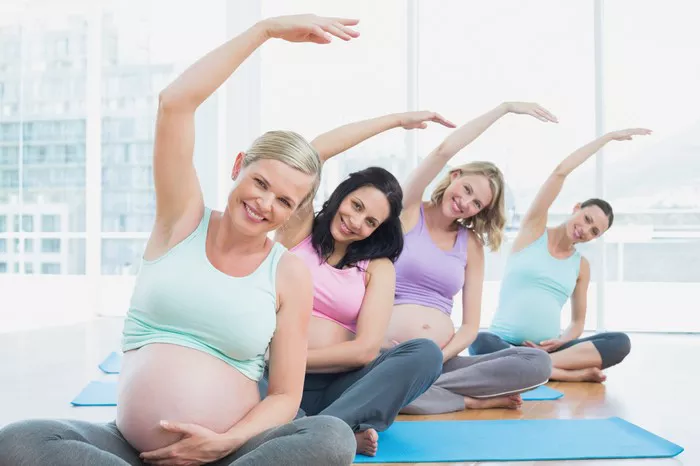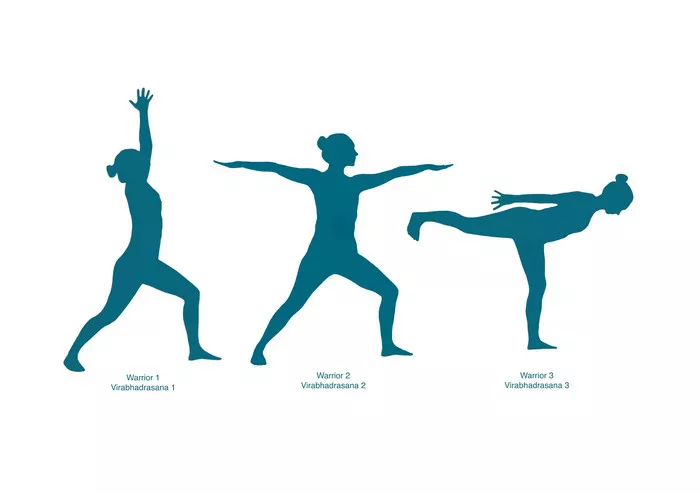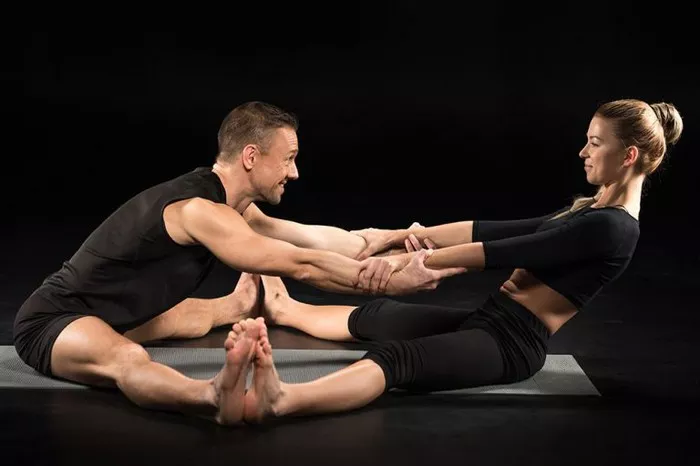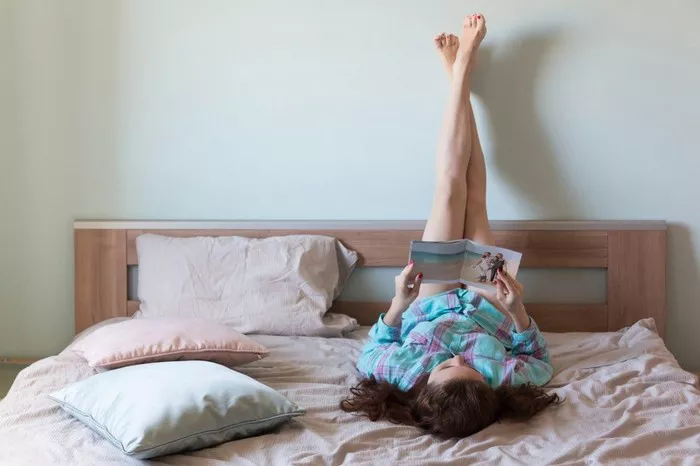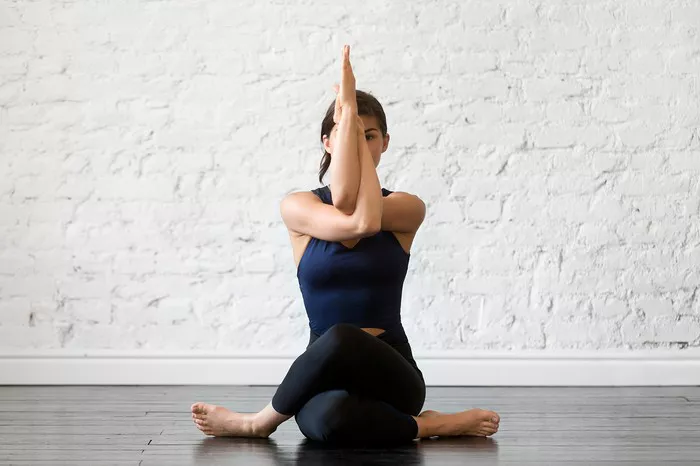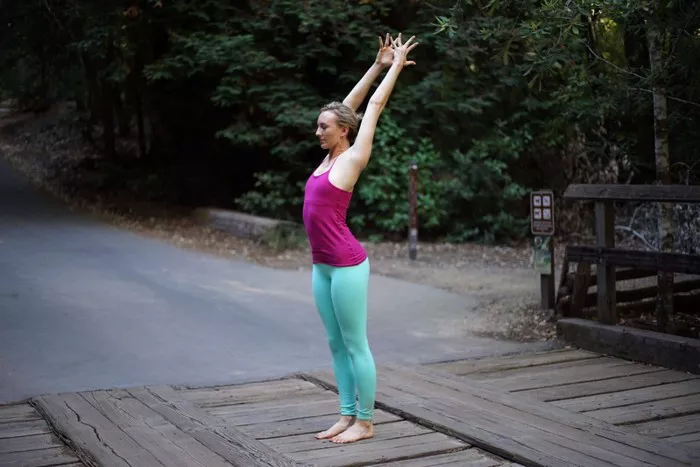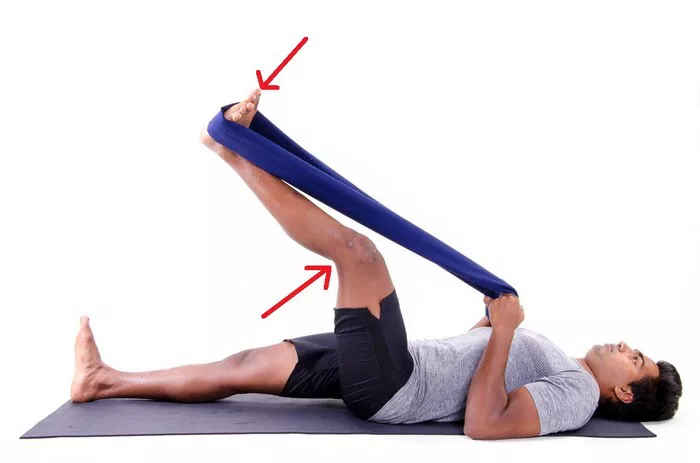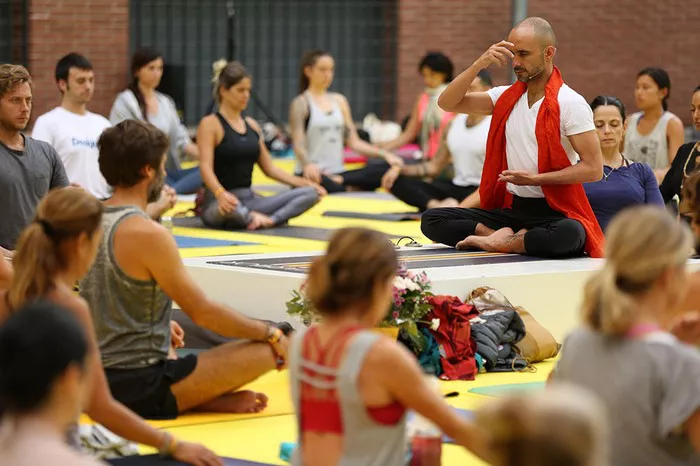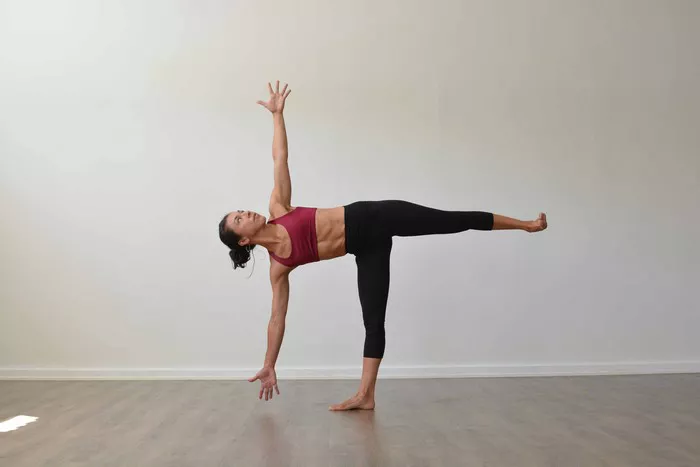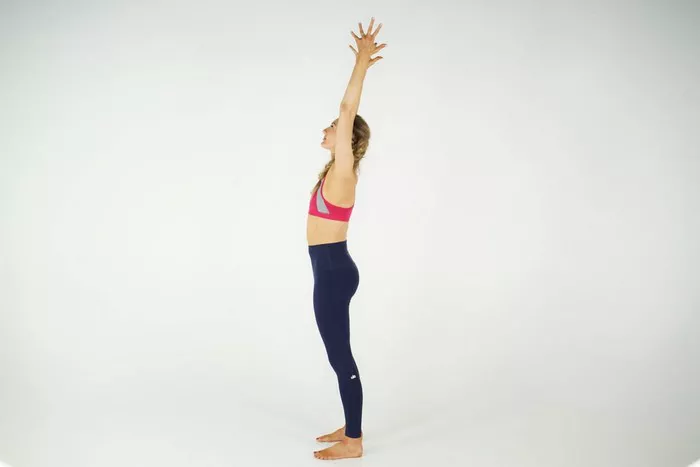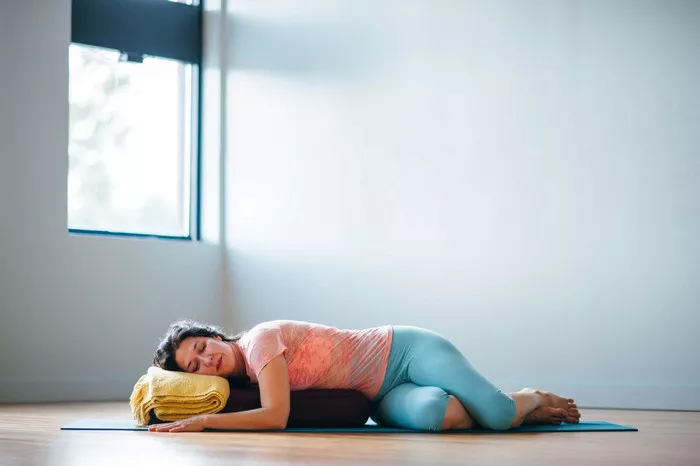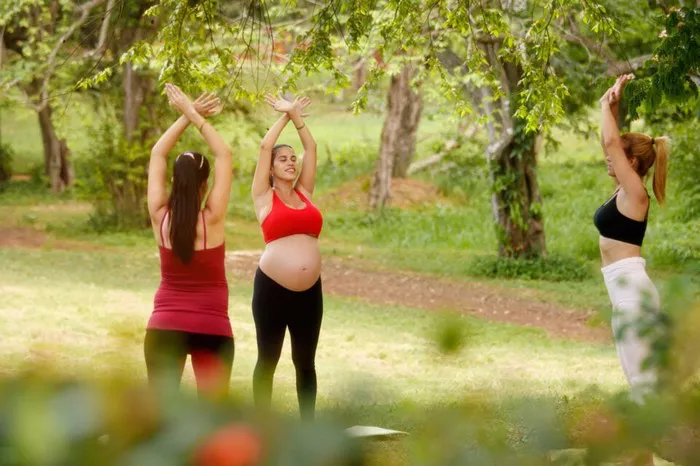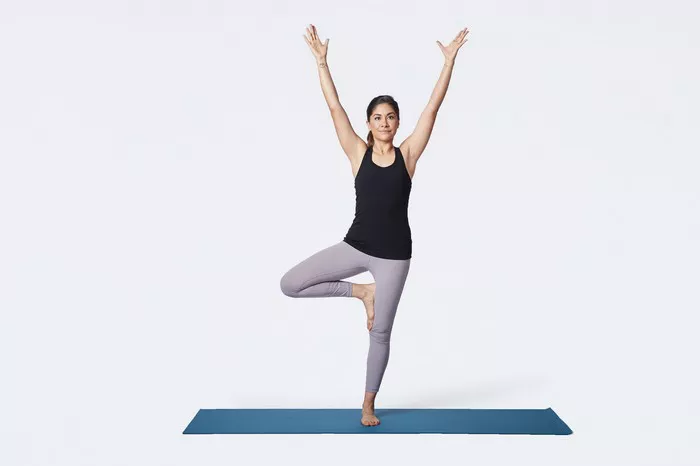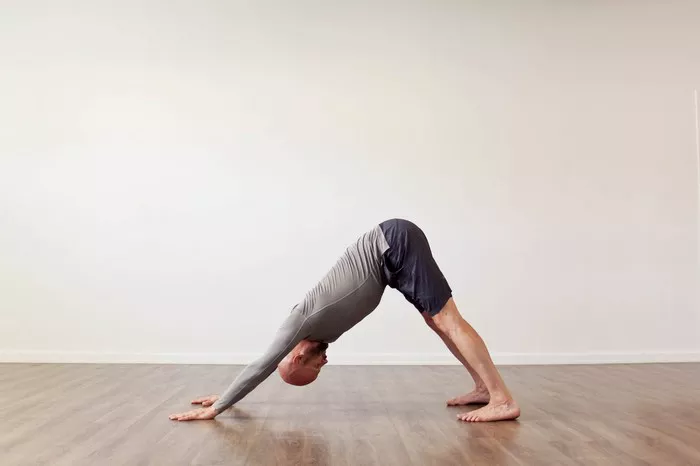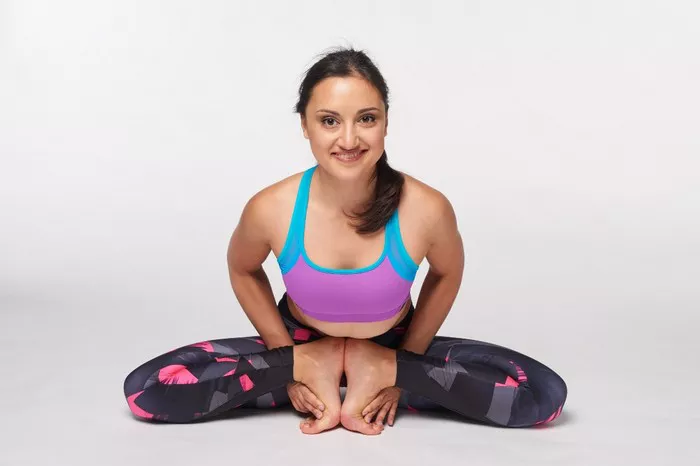Upper back pain is a common issue in today’s fast-paced and sedentary lifestyle. With more people spending hours hunched over desks and screens, the upper back, shoulders, and neck areas are frequently subject to tension and discomfort. To manage and alleviate this pain, many individuals turn to physical fitness programs like yoga and Pilates. Both practices offer unique benefits, but which is better suited for upper back pain? This article provides a comprehensive comparison of yoga and Pilates, analyzing their benefits, mechanisms, and suitability for those suffering from upper back discomfort.
Understanding Upper Back Pain
The upper back, or thoracic spine, is the region between the base of the neck and the bottom of the rib cage. Pain in this area can result from various causes, such as poor posture, muscle strain, joint dysfunction, or underlying health conditions. People experiencing upper back pain often report stiffness, tightness, or a dull ache, especially after extended periods of sitting or improper lifting techniques.
Common Causes of Upper Back Pain:
- Poor posture: Slouching or hunching forward while sitting or standing can strain the upper back muscles.
- Muscle overuse: Repetitive motions or overexertion during physical activities may lead to muscle fatigue.
- Injuries: Accidents or sudden movements can cause muscle sprains or spinal disc issues.
- Stress: Emotional stress can lead to muscle tension in the neck and upper back.
What Is Yoga?
Yoga is an ancient practice that combines physical postures, breath control, and meditation. Originating in India over 5,000 years ago, it is now widely practiced across the world for its physical, mental, and emotional benefits. Yoga emphasizes flexibility, balance, and inner awareness, making it a holistic approach to health and well-being.
Key Components of Yoga:
- Asanas (Postures): A variety of poses designed to stretch and strengthen different parts of the body.
- Pranayama (Breathing techniques): Controlled breathing patterns that enhance oxygen flow and relaxation.
- Meditation: Practices that cultivate mindfulness and reduce mental stress.
Yoga styles such as Hatha, Vinyasa, and Iyengar can be particularly beneficial for back health, each offering a different focus and intensity level.
What Is Pilates?
Pilates is a physical fitness system developed by Joseph Pilates in the early 20th century. It emphasizes controlled movements, core strength, and spinal alignment. Unlike yoga, Pilates does not traditionally incorporate meditation or spiritual components. Instead, it is often more structured and repetitive, focusing on precise movement patterns.
Core Principles of Pilates:
- Concentration: Focused attention during movement execution.
- Control: Maintaining proper form and minimizing unnecessary movements.
- Centering: Engaging the core, or “powerhouse,” as the foundation for movement.
- Flow: Smooth and continuous transitions between exercises.
- Precision: Performing each exercise with accuracy.
- Breath: Coordinated breathing to support movement and stability.
Pilates exercises can be done on a mat or with equipment such as a reformer, which adds resistance and variety.
Comparing the Benefits for Upper Back Pain
When choosing between yoga and Pilates for upper back pain, several factors should be considered, including flexibility, strength, posture correction, and stress relief. Both practices have merits, but they address upper back pain through different approaches.
1. Flexibility and Mobility
Yoga typically places a stronger emphasis on flexibility and joint mobility. Poses like Child’s Pose, Cat-Cow, and Cobra gently stretch the upper back muscles and improve range of motion. These movements can help counteract the stiffness caused by prolonged sitting.
Pilates also improves flexibility but does so through controlled and often smaller movements. While not as focused on deep stretches, Pilates contributes to muscular balance and can gradually enhance mobility.
2. Strength and Stability
Pilates excels in building core and spinal strength. By strengthening the muscles that support the spine, especially the deep abdominal and back muscles, Pilates can provide a stable foundation that reduces upper back strain.
Yoga also builds strength, particularly in poses that require weight-bearing through the arms and shoulders, such as Downward Dog or Plank. However, its strength-building component is often secondary to its flexibility and relaxation benefits.
3. Postural Alignment
Both yoga and Pilates aim to improve posture, which is critical for alleviating upper back pain. Yoga emphasizes awareness of body alignment in each pose, while Pilates systematically trains proper alignment through repeated movement patterns.
Individuals with postural issues may benefit from Pilates’ detailed attention to spinal mechanics and the correction of muscle imbalances. Yoga, on the other hand, promotes posture through integrated stretching and mindful positioning.
4. Stress Reduction and Mental Focus
Yoga stands out in its ability to reduce stress and promote relaxation. Through breath control and meditative practices, yoga can help calm the nervous system and release physical tension stored in the upper back and shoulders.
Although Pilates involves focused breathing and concentration, it does not usually incorporate the same level of meditative practice as yoga. Those who experience stress-related back tension may find yoga particularly effective in addressing both the physical and psychological components of pain.
Which One Is Better?
Choosing between yoga and Pilates depends on individual needs, preferences, and the root cause of the upper back pain. Both systems offer substantial benefits, and in many cases, a combination of the two may yield the best results.
Consider Yoga If:
- You experience stiffness and reduced mobility in the upper back.
- You are looking for stress relief in addition to physical benefits.
- You prefer a more holistic, mind-body approach.
- You enjoy a wide variety of poses and sequences.
Consider Pilates If:
- You want to focus on core strengthening and postural correction.
- You are recovering from injury and need controlled, precise movement.
- You prefer a structured, methodical workout.
- You seek long-term muscular balance and spinal stability.
Sample Exercises for Upper Back Pain
Yoga Poses:
- Child’s Pose (Balasana): Gently stretches the spine and relaxes the shoulders.
- Cat-Cow Stretch (Marjaryasana-Bitilasana): Improves spinal flexibility and warms up the back muscles.
- Thread the Needle: Releases tension in the upper back and shoulders.
- Downward Dog (Adho Mukha Svanasana): Strengthens the shoulders and stretches the spine.
Pilates Movements:
- Scapular Isolations: Improve shoulder blade control and reduce upper back strain.
- Chest Expansion: Opens the chest and strengthens the upper back.
- Swan Prep: Enhances spinal extension and strengthens the thoracic muscles.
- Arm Arcs: Promote shoulder mobility and coordination.
Professional Recommendations
Before starting any exercise program for upper back pain, it is essential to consult a healthcare professional, especially if the pain is severe or persistent. A physical therapist or certified instructor can help tailor a program that meets individual needs and avoids aggravating the condition.
Incorporating either yoga or Pilates into a consistent routine, even two to three times per week, can lead to noticeable improvements in posture, flexibility, and overall comfort. Over time, these practices can contribute to long-term relief and prevent future episodes of upper back pain.
Conclusion
Both yoga and Pilates provide effective, non-invasive methods for managing upper back pain. Yoga’s emphasis on flexibility, stress reduction, and holistic well-being makes it an excellent choice for those seeking a gentle and mindful approach. Pilates, with its focus on core strength and postural alignment, offers a more structured path to spinal support and muscular balance.
Ultimately, the best choice depends on personal preferences, lifestyle, and the specific characteristics of one’s back pain. Many individuals may benefit from integrating elements of both practices into their routines to achieve comprehensive relief and enhanced overall health.

